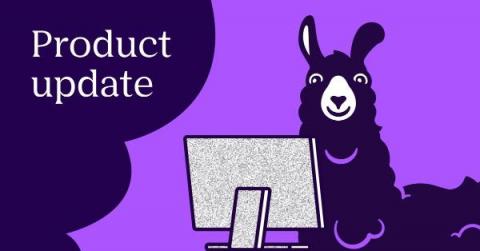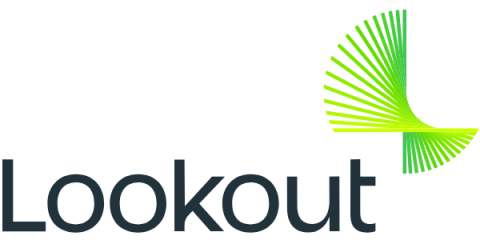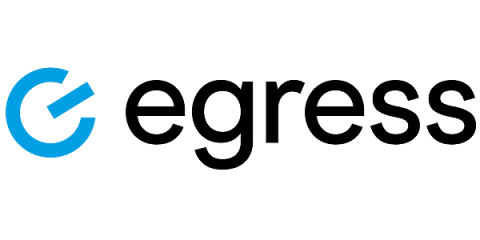Steps for Successful Vulnerability Management: Lessons from the Pitch
When I was younger, I played a variety of team sports and enjoyed competing against opponents with my teammates. Winning was always a matter of applying sound tactics and strategy, attacking and defending well and using a blend of skill, talent and luck.









